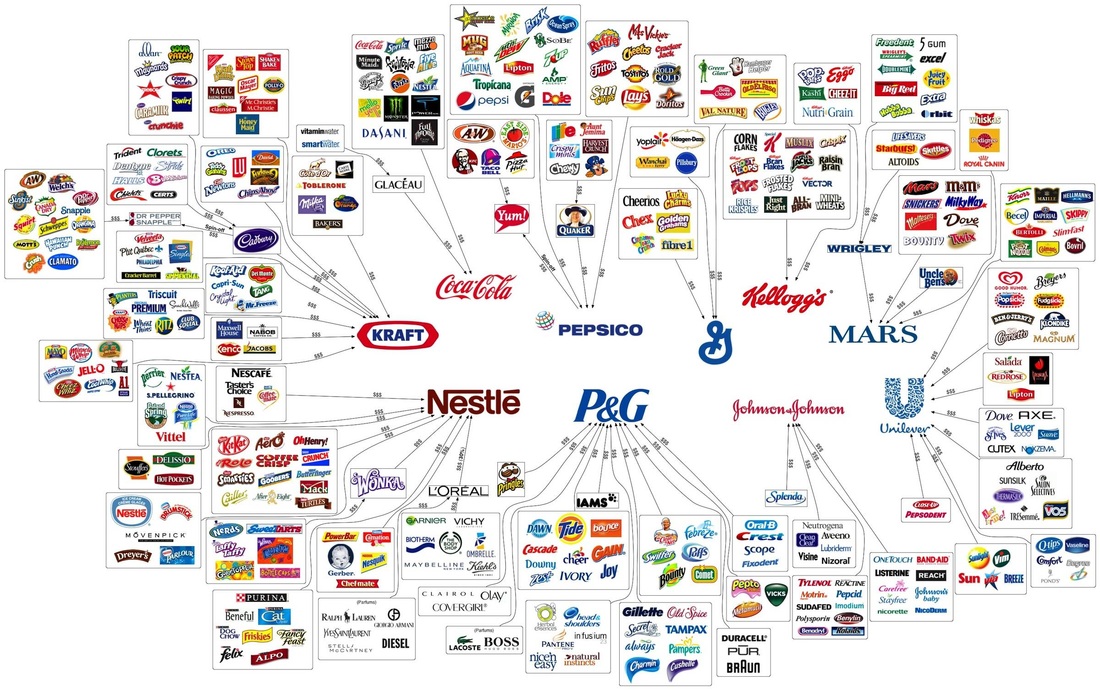4.7 Globalization and International Marketing
What we will study?

By the end of this unit you should be able to:
- Identify and explain processes of globalisation.
- Evaluate the impact of the MNC on the host country
- Explain what regional trading blocs are and their impact on a business of a country that is a member of a regional group/bloc
The world's 10 largest corporations
Globalization
What is a multinational corporation?
|
A corporation that has its facilities and other assets in at least two countries other than its home country. Such companies have offices and/or factories in different countries and usually have a centralized head office where they co-ordinate global management. Very large multinationals have budgets that exceed those of many small countries. Nearly all major multinationals are either American, Japanese or Western European, such as Nike, Coca-Cola, Wal-Mart, AOL, Toshiba, Honda and BMW. Advocates of multinationals say they create jobs and wealth and improve technology in countries that are in need of such development. On the other hand, critics say multinationals can have undue political influence over governments, can exploit developing nations as well as create job losses in their own home countries.
|
|
Trade Blocs: Good or Bad?
Key terms I
International Marketing
INTERNATIONAL MARKETING
Selling in foreign markets was once too risky and expensive for most firms. The key features of globalisation - improved communications, better transport links and freer international trade have changed all this. For many firms, international marketing is now an opportunity to profitably expand their sales. In fact, for some firms it is less of an option and more of a necessity.
Definition: International marketing is selling products in markets other than the original domestic market
Selling in foreign markets was once too risky and expensive for most firms. The key features of globalisation - improved communications, better transport links and freer international trade have changed all this. For many firms, international marketing is now an opportunity to profitably expand their sales. In fact, for some firms it is less of an option and more of a necessity.
Definition: International marketing is selling products in markets other than the original domestic market


